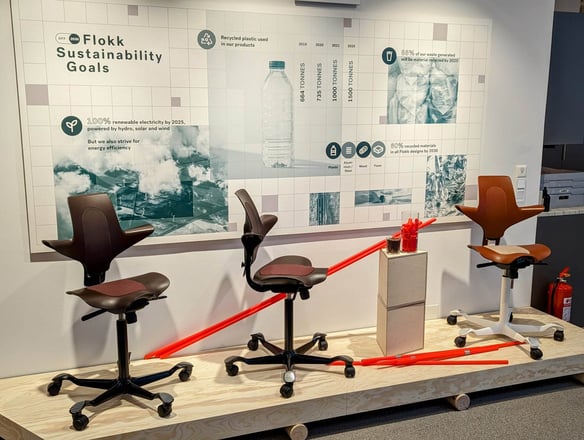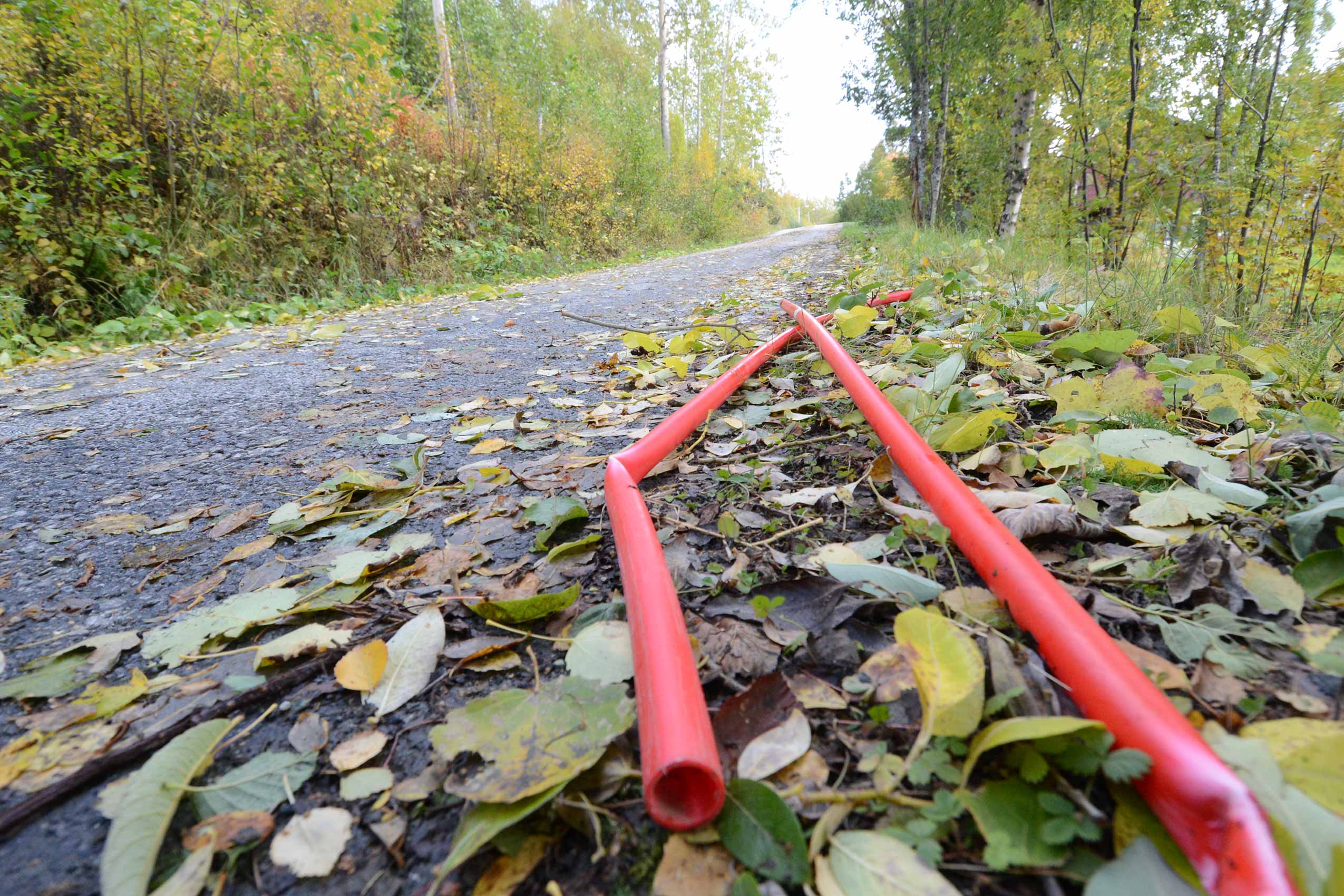Revo – Endlessly recyclable
Pearson Lloyd is a design studio that has spent 25 years designing products always with circularity in mind. During Stockholm Design Week, Founders Luke Pearson and Tom Lloyd presented the thinking behind Revo, their latest design for Flokk brand Profim. A stylish collection of sofas, benches, screens, and stools in softly contoured organic shapes, the design of Revo is rooted in circularity.
When it came to materials, the decision was made to not use plywood, but rather recycled expanded polypropylene (REPP). The move from wood to plastic may appear to be a step in the wrong direction, but the sheer abundance of plastic waste and the non-circularity of plywood makes it a more attractive proposition.
Luke Pearson “Replacing the plywood base structure with REPP maximises the potential reuse of the base materials. Plywood has no circularity. REPP, which is already in its second life, can be fully remoulded for a third, a fourth, ad infinitum.”
The REPP also drastically reduces the weight, by up to 40%. This makes it a more dynamic piece of furniture in the office, but also reduces costs, both financially and environmentally, when it comes to transport. In fact, by choosing recycled materials, the CO2e emissions of production are less when compared to plywood, and the materials are then available for recycling once again.
The design of the product also allows for easy disassembly. The covers are removable, making them easy to clean and replace, and nothing is glued together. 74% of the materials used to make Revo are recyclable – compared to 5% in the equivalent wood structure. In addition, because the REPP is already recycled – representing 90% of the total product volume – minimal new materials are required to build the collection.



